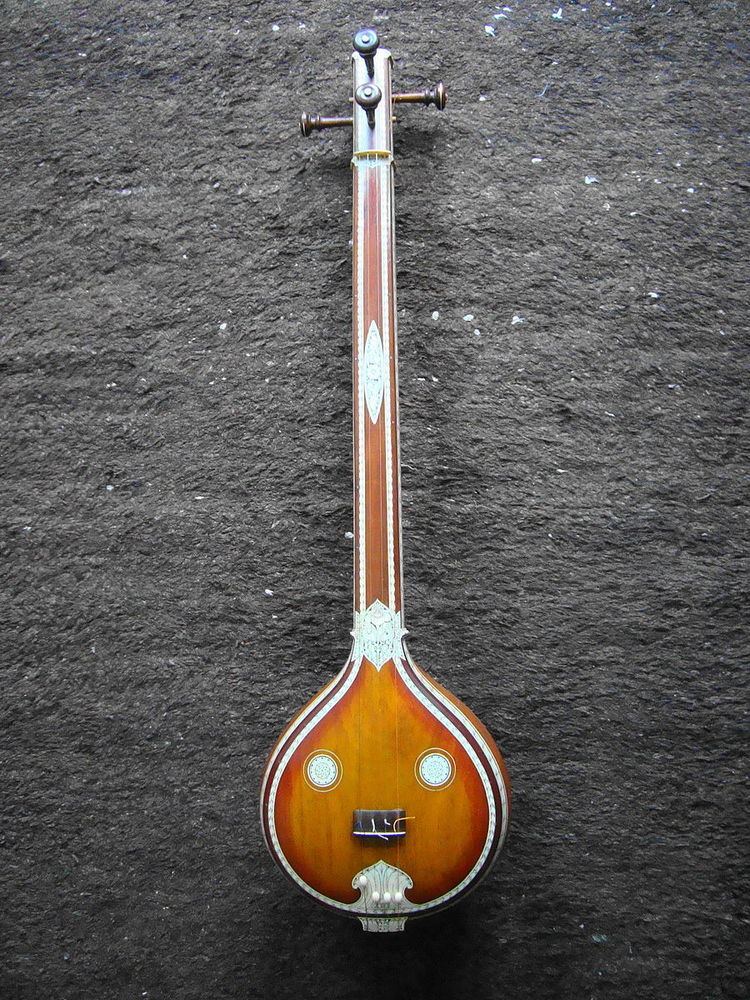 | ||
Shree ranjani is a rāgam in Carnatic music (musical scale of South Indian classical music). It is a hexatonic scale (shadava rāgam, which means "of 6"). It is a derived scale (janya rāgam), as it does not have all the seven swaras (musical notes). It is also written as Shri ranjani or Sriranjani.
Contents
Structure and Lakshana
Shree ranjani is a symmetric scale that does not contain panchamam. It is called a shadava-shadava rāgam, in Carnatic music classification (as it has 6 notes in both ascending and descending scales). Its ārohaṇa-avarohaṇa structure is as follows (see swaras in Carnatic music for details on below notation and terms):
This scale uses the notes shadjam, chathusruti rishabham, sadharana gandharam, shuddha madhyamam, chathusruthi dhaivatham and kaisiki nishadam. Shree ranjani is a janya rāgam of Kharaharapriya, the 22nd Melakarta rāgam. It has only the invariant panchamam missing from its parent scale, Kharaharapriya.
Popular compositions
Shree ranjani is a pleasing and popular rāgam. This scale has been used by many composers and there are lots of compositions in classical music. It has been used to score film music too. Here are some popular compositions in Sriranjani.
Related rāgams
This section covers the theoretical and scientific aspect of this rāgam.
